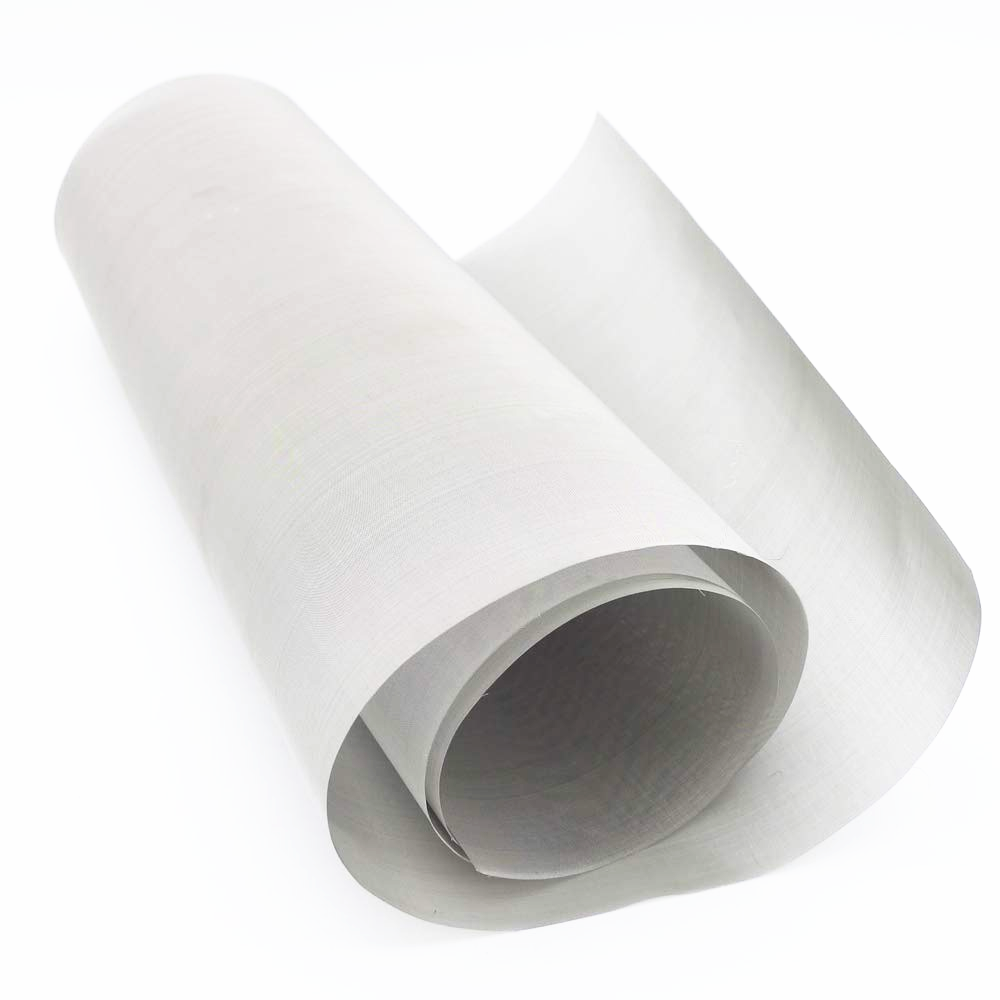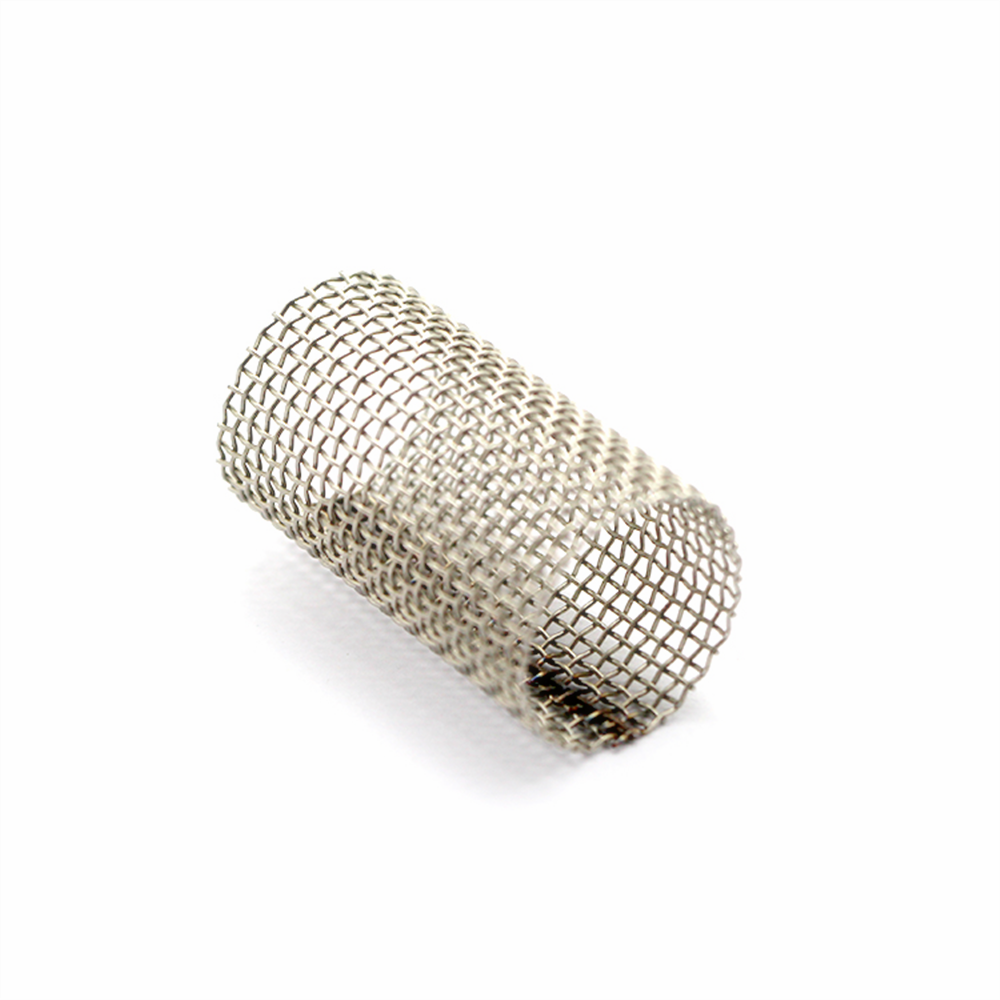Phonon excitation theory was first proposed by the Max Planck Institute and the California Institute of Technology in 2009. It is still in a relatively new research field. The theory is that the phonon is the smallest independent unit of vibrational energy and can also produce a highly coherent acoustic beam, like a photon, by excitation, especially high-frequency ultrasound. They described for the first time that a magnesium ion was frozen in an electromagnetic trap to a temperature of about 1/1000 Kelvin, and that it could generate excited ions of a single ion. However, there is a difference between the stimulated amplification of a single phonon and one photon. The phonon frequency is determined by the frequency of single-atom vibration rather than the collective vibration.
In the new study, JT Mandenka and the cooperative team of the Lisbon Institute of Technology in Portugal extended the concept of single ion phonon excitation to a large atomic whole. To do this, they demonstrated ultracold atomic gas-integrated phonon excitation. Compared to the single ion case, the phonon frequency here is determined by the internal vibration of the gaseous atoms, and the photon frequency is determined by the vibration inside the cavity.
Regardless of whether coherent electromagnetic waves or coherent sound waves, the biggest difficulty comes from the choice of system, frequency range, and so on. Mandenka said that the difficulty in this study is to mimic the mechanism by which light waves are stimulated and amplified, but instead of photons, phonons are produced. That is, by precisely controlling the ultra-cold atomic system, it can completely emit coherent phonons according to the laser emission mechanism.
The new method confines the gas to magneto-optic traps and generates excited phonons through three physical processes. First, a red detuned laser cools the atomic gas to an ultra-cold temperature; then a blue detuned light vibrates the ultracold precursor gas, generating a beam of invisible light, finally causing the atom to form a phonon coherent emission, and then decays to Low level status. The researchers pointed out that the resulting sound waves can be connected to the outside world mechanically or electromagnetically, and the system only provides a source of coherent emission.
Regarding the naming of phonons, scientists first used the word "saser" in the name of "laser," which means that the sound is amplified and emitted. But Mandenka believes that the use of "phaser" is more accurate. It emphasizes the quantum properties of the phonons rather than the sound, and also implies that the emission process is similar to photon-stimulated emission.
One possible use of a highly coherent ultrasound beam is to greatly improve the resolution of the image in terms of X-ray tomography. Mandenka said: "Laser was only developed as an invention that couldn't solve any problems. Therefore, for the screaming, what we are worried about now is only basic scientific issues, not application problems."
Stainless steel wire mesh product introduction:
Material: stainless steel wire,
Weaving: plain weaving, oblique weaving, (plain/twill) mat type dense weave.
There are stainless steel welding net, ginning net, mine screen and so on.
Mesh count: 1 -2800.
Material: SUS302, 201, 304, 304L, 316, 316L, 310, 310S, etc.
Usage: 1. Used for screening and filtering in acid and alkali environment, as mud mesh in petroleum industry, as screen mesh in chemical fiber industry.
2 Used in mining, petroleum, chemical, food, medicine, machinery manufacturing and other industries. .
3: for acid, alkali environmental conditions under screening and filtering, petroleum industry for mud mesh, chemical fiber industry for screening, electroplating industry for pickling mesh, our factory can be designed according to user needs to produce various types of products.
Stainless steel wire mesh product classification:
1, plain stainless steel wire mesh:
Plain stainless steel wire mesh is one of the most common preparation methods in industrial production and civil life has been widely used, the main characteristic is the same longitude and latitude wire diameter density.
2, stainless steel square hole mesh
Material: galvanized iron wire, non - embroidered steel wire, copper wire, aluminum wire, etc. Features: precision structure, uniform mesh, good corrosion resistance, durable. Widely used in industry and construction, sand screening, liquid and gas filtration. It can also be used for safety protection of mechanical accessories, etc., and it can also be used to make walls and ceilings instead of wooden slats.
3, stainless steel twill mesh/dense mesh
Material: stainless steel wire, low carbon steel wire, nickel wire, copper wire, polyester wire, etc. Weaving: plain weave, twill weave, bamboo flower weave, contrast weave. Characteristics: good filtration precision, high contrast net load intensity. Uses: used in aerospace, petroleum, chemical industry, scientific research and transportation industry.


Stainless Steel Wire Mesh,Stainless Steel Mesh,Stainless Mesh,Fine Stainless Steel Mesh
Suzhou Haoxiang Screen Stencil Products Co.,Ltd , https://www.haoxiangwiremesh.com